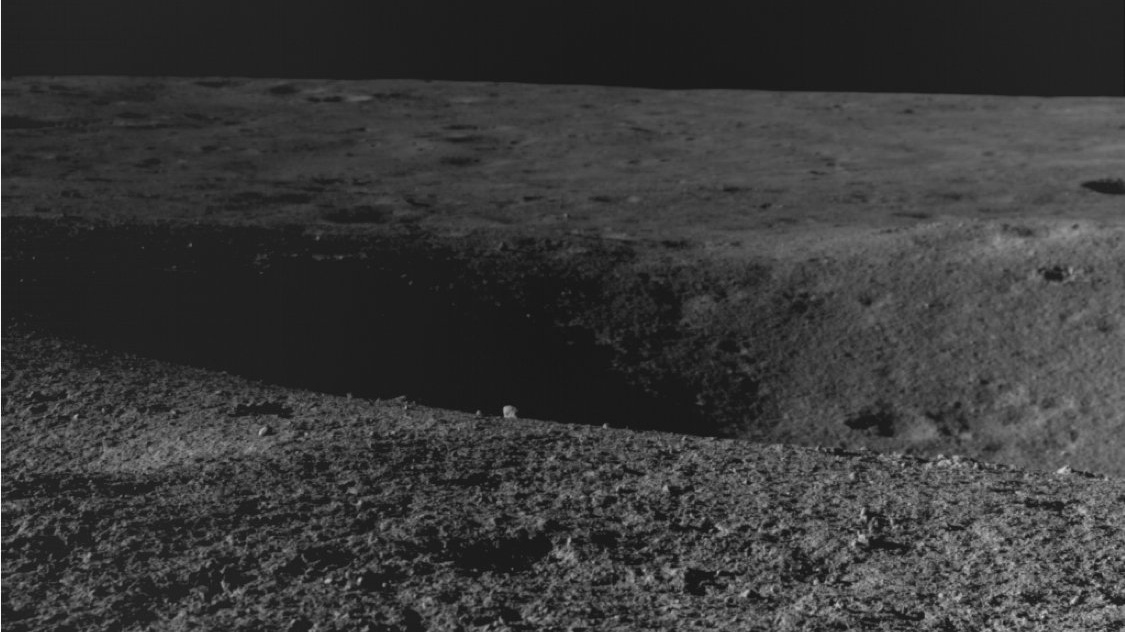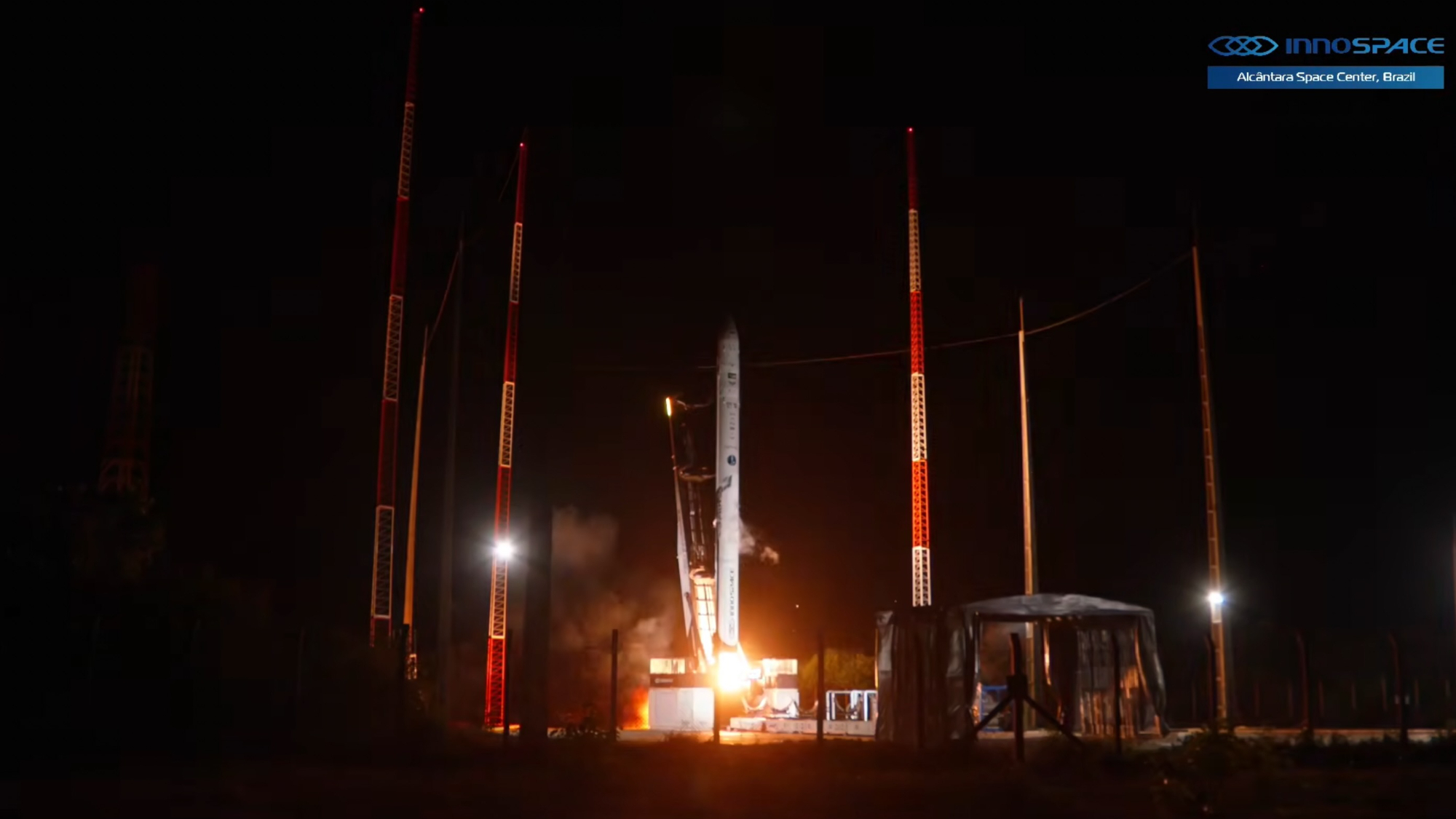Watch Chandrayaan-3's Pragyan rover adorably avoid a lunar crater (video)
The rover was rerouted after it encountered a hazardous crater.
This August belongs to India's Chandrayaan-3 mission. We're all just living in it.
The two-week mission has just crossed its halfway point, and there's plenty to moon over. One of the first things the robotic Vikram lander (Sanskrit for "valor") did after a safe touchdown last week was deploy Pragyan (Sanskrit for "wisdom"), a six-wheeled rover and the first representation of humankind to roam the lunar south pole region. The world had watched with bated breath for Pragyan to stroll out of the lander and onto the moon, to take its first "steps."
Now, a new video from the Indian Space Research Organization (ISRO), which is operating the mission, shows the sunlit rover turn a complete 180-degrees. Beyond adorable, the maneuver was also crucial because Pragyan had approached a stunning (but deadly) crater while exploring its new home, scientists said.
"The rover was rotated in search of a safe route," ISRO tweeted on Thursday (Aug. 31).
The moon, including its south polar region, is battered with impact craters from millions of years ago. They seem to be frozen in time, thanks to a lack of tectonic activity and atmosphere on the moon which otherwise would have recycled its surface. The abundance of craters, some of which are so deep that they never see the light of day, is one of the reasons why the lunar south pole is a challenging environment to land and work in.
Related: Pragyan, Vikram, Vikas: How did India's Chandrayaan-3 moon mission get its names?
But, it is also in those permanently shadowed areas that scientists think water ice may reside, which is why there has been immense interest among space agencies across the world to visit the lunar south pole.
Breaking space news, the latest updates on rocket launches, skywatching events and more!
Pragyan's reroute from one such hazardous crater was captured by cameras onboard the Vikram lander. Pragyan is expected to stay within the lander's field of view at all times, so scientists were able to combine multiple images snapped by the lander and parse them into a short video.
The limited geographical area within which it can move does not seem to have limited Pragyan. Just a few days after beginning its hunt for water ice, the moon rover confirmed the presence of sulfur among other elements, notching another milestone for the historic mission. On Aug. 30, it clicked the first image of its mothership, the Vikram lander, from a few meters away.
From its vantage point on the moon, Vikram has been busy too. It employed its onboard thermal probe to measure the temperature of the lunar soil at different depths, which marked the "first such profile for the lunar south pole," ISRO said.
The groundbreaking mission has a week of guaranteed sunshine remaining, after which the robotic lander-rover duo may go incommunicado.
Meanwhile, Pragyan is still on the lookout for water ice, which scientists say could be mined to be used as life support for future lunar astronauts as well as rocket fuel.

Sharmila Kuthunur is an independent space journalist based in Bengaluru, India. Her work has also appeared in Scientific American, Science, Astronomy and Live Science, among other publications. She holds a master's degree in journalism from Northeastern University in Boston.

